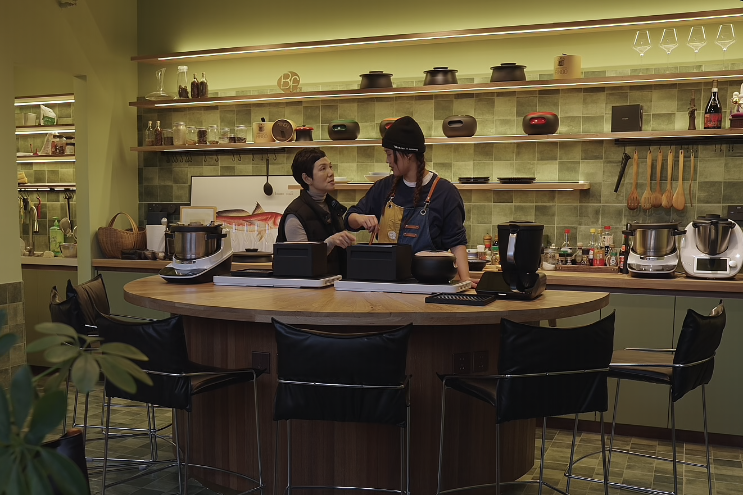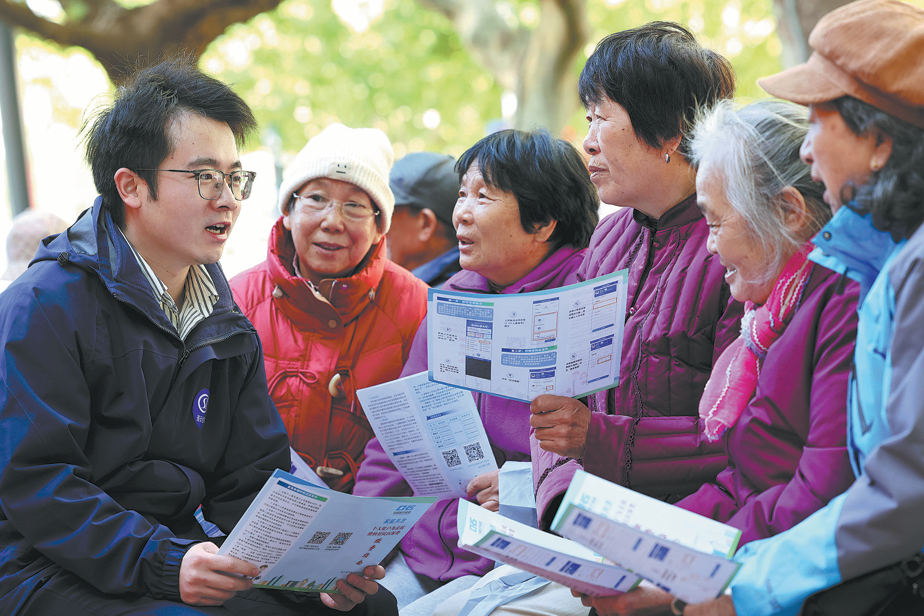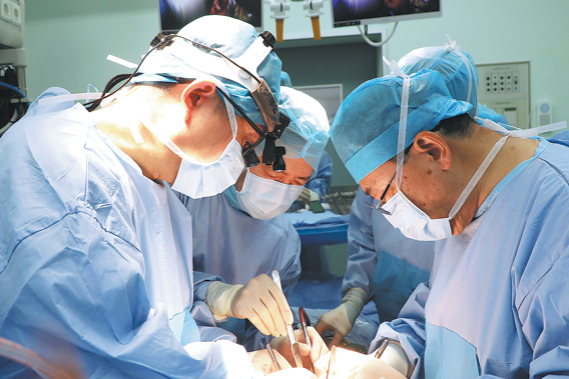What's on

Calligraphy catalog

During his reign, Emperor Qianlong of the Qing Dynasty (1644-1911) was keen to showcase his collection of fine art from Chinese history. His patronage of art manifested in imperial anthologies compiled by his order and under his supervision. For example, the emperor commended the project, Model Calligraphy from the Hall of Three Rare Treasures, which cataloged selected writing pieces in the imperial collection and preserved them in the rubbing form. The Hall of Three Rare Treasures, or Sanxi Tang, was a room in the Palace of Mental Cultivation, or Yangxin Dian, at the Forbidden City, where Qianlong used to keep three calligraphy works he valued a lot. The calligraphy catalog, which took some seven years to complete, finally included 32 volumes of works by 135 calligraphers, dated between the fifth century and the late Ming Dynasty (1368-1644).Now people are provided with a glimpse of the scale and brilliance of the royal project at Hunan Museum. It is showing dozens of rubbings from Model Calligraphy from the Hall of Three Rare Treasures, in its collection, at an exhibition that runs through August. The exhibition title, Yanyun Jintai, is taken from Qianlong's phrasing of the catalog, describing the illusive feeling delivered by calligraphy, and its diversity embodied in the specimens.
9 am-5 pm, closed on Mondays. 50 Dongfeng Road, Changsha, Hunan province. 0731-8441-5833.
Creature feature

Flourishing Lives, Interconnected Cultures, an ongoing exhibition at the Beijing Fine Art Academy, creates a chemistry between Eastern and Western art in terms of the depiction of insects, by comparing the similarities and differences in cultural meanings embedded in such small living beings. The show puts together Qi Baishi's paintings of insects surrounded by various kinds of plants and images of Cocharelli Codex, a 14th-century Italian collection of manuscripts that is richly illustrated with a variety of insects as representations of virtues and vices. Under the brush-stroke of Qi, an ink master of the 20th century, insects, plants and small birds were portrayed to express his feeling of the vibrancy and fragility of life. Qi once wrote in a poem: "The garden is thriving, and all the plants are interlinked." His vivid depictions of insects were drawn from his experience of raising them and cultivating a blooming garden at home, which enabled close and long observation on a daily basis. Qi saw in them a similar humble, uncertain situation that he found in himself. He described himself as someone who eked out a life at the grassroots. Meanwhile, he saw extraordinary qualities in the creatures and painted them so that viewers of his works would notice. The exhibition will end on March 19.
9 am-5 pm, closed on Mondays. 12 Chaoyang Park South Road, Chaoyang district, Beijing.010-6502-5171.
Past review

Since its establishment in 1912, the then preparatory office of the National Museum of History, now the National Museum of China, has viewed archaeological excavations as one of its core missions to find more about Chinese history and culture, and it has been participating in major projects around the country. Over 240 objects, mostly from its own collection, are on show at the museum to review its accomplishments in the field. The long-term exhibition, Profound Accumulation, Far-reaching Influence, features some 70 archaeological excavations and surveys the museum has organized or taken part in over the years. Objects on show are of varying categories to demonstrate technological progress to aid important archaeological undertakings being carried out.
9 am-5 pm, closed on Mondays. 16 East Chang'an Avenue, Dongcheng district, Beijing. 010-6511-6400.
China Daily
Today's Top News
- Stronger RMB points to resilience
- US defense policy act fuels Taiwan tensions
- Japan's nuclear ambitions call for high alert: Editorial
- China repatriates 952 telecom fraud suspects from Myanmar
- Chinese defense ministry criticizes latest US defense bill
- China sets a world record in maglev technology






























